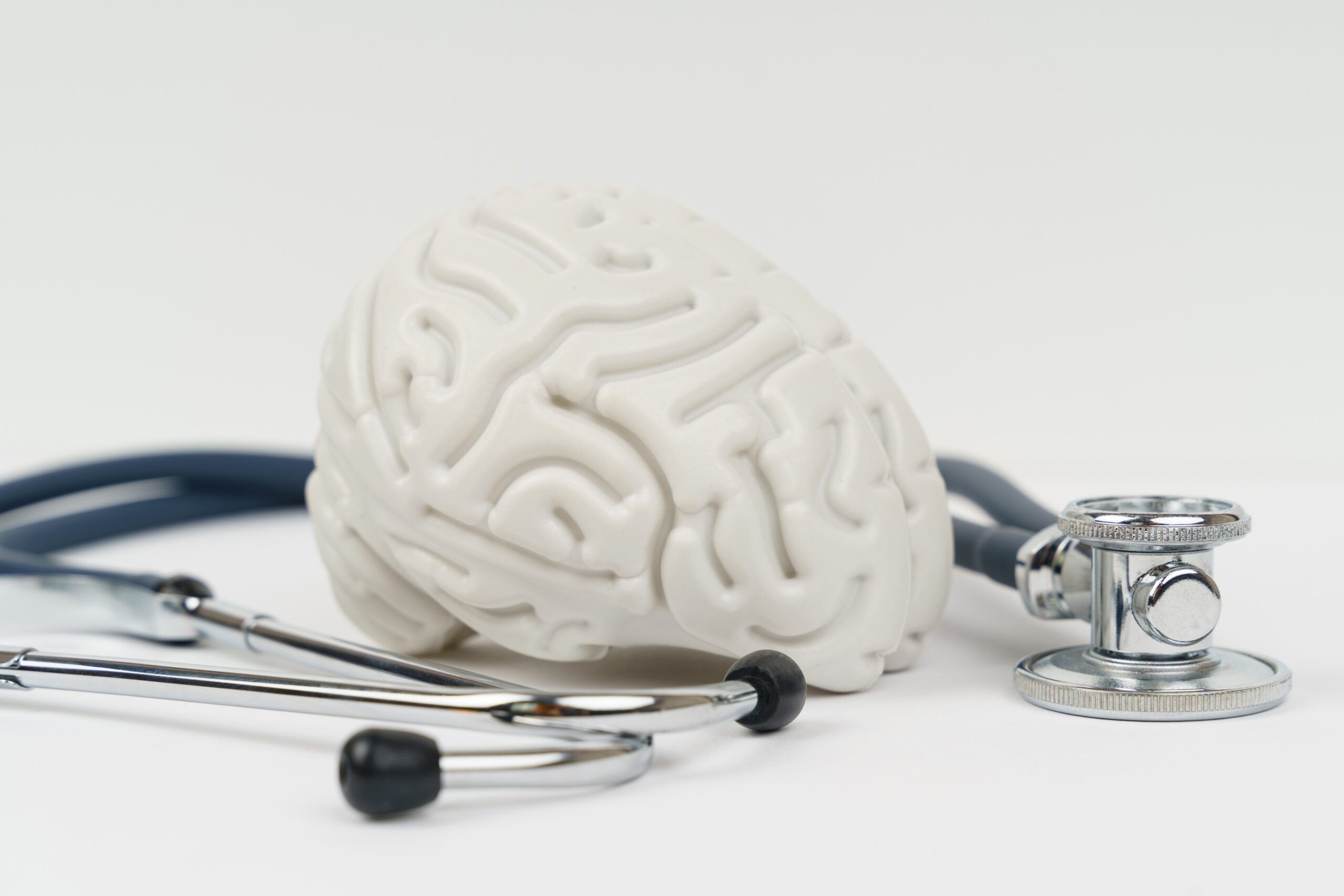A revolutionary three-minute brainwave test can now detect Alzheimer’s disease years before traditional diagnosis methods.
Story Highlights
- Simple home-based EEG test detects memory decline 10-20 years earlier than current methods
- Passive three-minute screening requires no active participation, eliminating education and anxiety bias
- Early detection aligns with new breakthrough Alzheimer’s drugs that work best in disease’s initial stages
- Technology could reduce late-stage care burden on families and healthcare system
Breakthrough Technology Transforms Early Detection
Scientists at the University of Bath have developed the Fastball EEG test, which records brain electrical activity while participants passively view images for three minutes. The test successfully identifies memory impairment linked to Alzheimer’s disease years before clinical symptoms appear. Unlike traditional cognitive assessments that rely on patient responses, this objective method eliminates confounding factors like education level, language barriers, or test anxiety that often complicate diagnosis in diverse populations.
A 3-minute brainwave test could spot Alzheimer’s years before symptoms https://t.co/Jxsg6RgOKZ pic.twitter.com/yaya3zQXpp
— Georgette H Tarnow–Helping You Help Others (@YourCaregiving) September 4, 2025
Home-Based Testing Increases Accessibility
Recent trials demonstrate the test’s effectiveness in patients’ homes, marking a significant advancement in accessible healthcare screening. Dr. George Stothart, lead cognitive neuroscientist at the University of Bath, explains that current diagnostic tools miss the first 10 to 20 years of Alzheimer’s development. The home-based capability addresses a critical gap, as up to one-third of people with dementia in England remain undiagnosed, delaying access to treatment and family planning opportunities.
Watch:
Strategic Timing Aligns with New Treatment Options
The test’s development coincides with breakthrough Alzheimer’s medications like donanemab and lecanemab, which demonstrate optimal effectiveness during early disease stages. This timing creates unprecedented opportunities for intervention before significant cognitive decline occurs. Early detection enables families to make informed decisions about care planning, financial arrangements, and treatment options while patients retain decision-making capacity. The approach represents a shift from reactive to proactive healthcare management.
Economic and Healthcare System Benefits
Early identification could substantially reduce long-term healthcare costs by enabling intervention before expensive late-stage care becomes necessary. The test’s low-cost, rapid administration makes large-scale screening feasible in primary care settings and community health programs. Healthcare providers gain a reliable, scalable diagnostic tool that doesn’t require specialized training or expensive equipment. This democratization of early detection technology could transform how America approaches neurodegenerative disease prevention and management.
The Fastball EEG represents more than technological advancement; it offers hope to millions of American families facing Alzheimer’s uncertainty. By detecting disease markers years earlier, this innovation empowers individuals and families to take control of their healthcare journey, make informed decisions, and access treatments when they’re most effective.
Sources:
Early Alzheimer’s brainwave test detects memory decline years before diagnosis
Early Alzheimer’s signs detected in minutes with new brainwave test
3-Minute Brainwave Test Detects Alzheimer’s Years Before Symptoms
Three minutes, home based test may help identify people at greater risk of Alzheimer’s
A 3-minute brainwave test could spot Alzheimer’s years before symptoms









